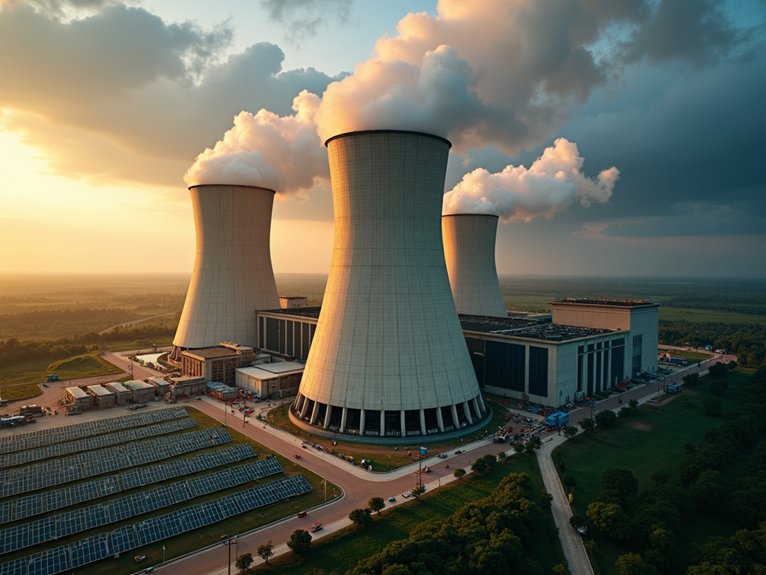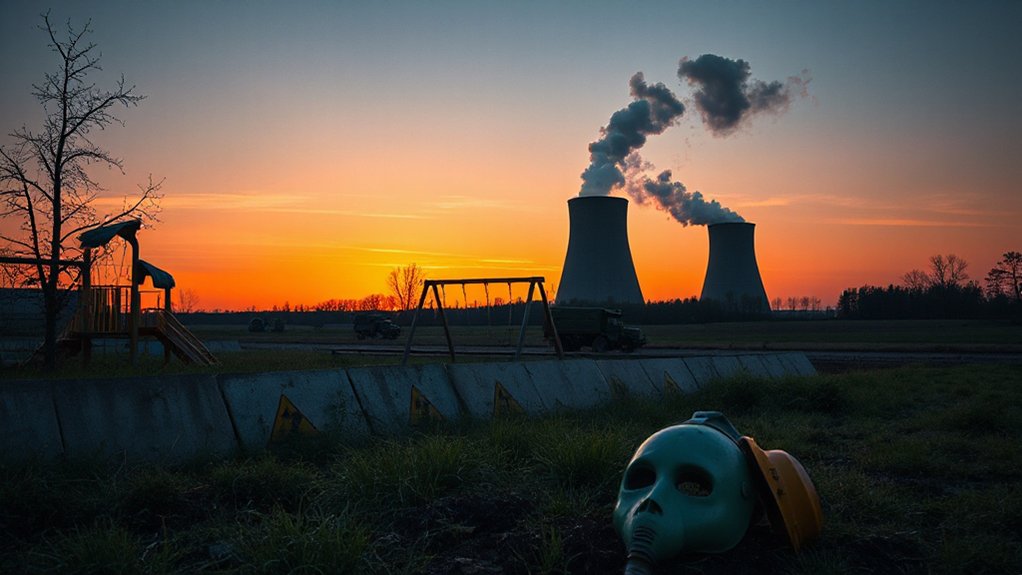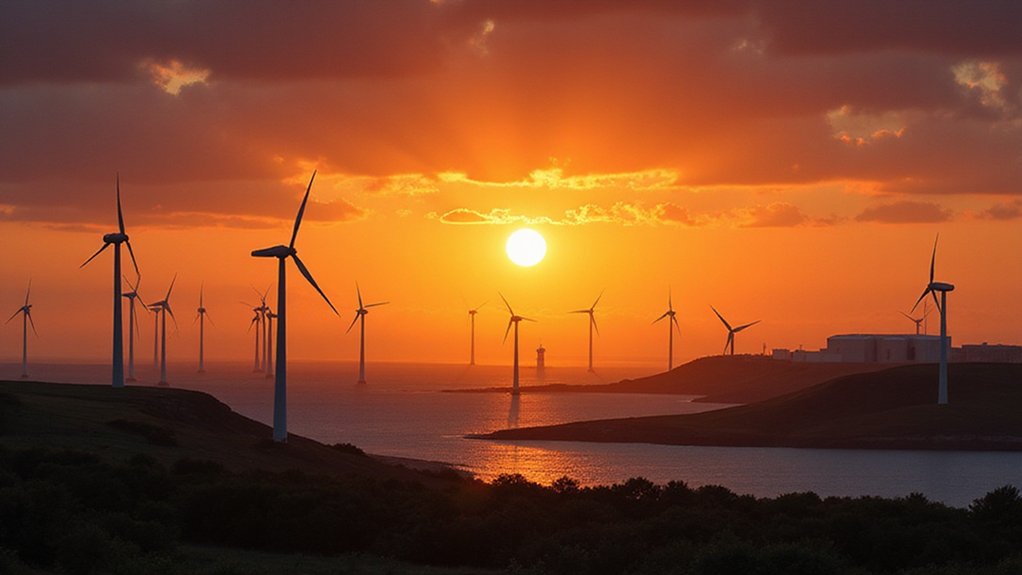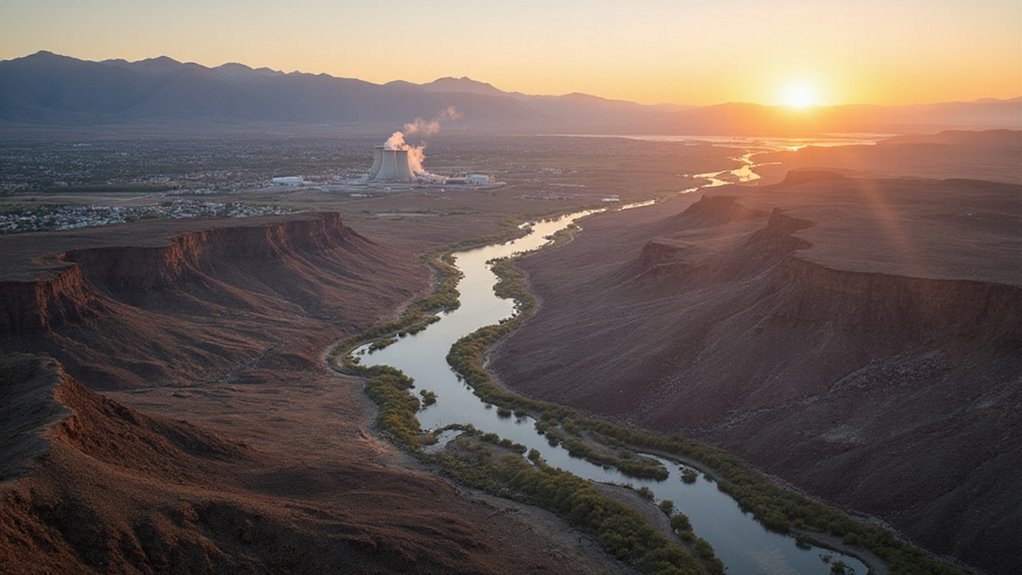India’s ambitious plan to expand nuclear power capacity to 100 GW by 2047 marks a major shift in energy policy. The government has allocated $2.5 billion and plans to amend laws to allow private companies like Tata Power and Vedanta to enter the nuclear sector for the first time. International partnerships with Russia, France, and the USA support this growth. Challenges include high costs, safety concerns, and uranium limitations. The strategy offers promising pathways toward India’s 2070 Net Zero goals.
In a bold move that’s reshaping India’s energy landscape, the government has announced plans to expand its nuclear power capacity to 100 gigawatts (GW) by 2047. This ambitious target represents a massive leap from the current 8,180 megawatts (MW) produced by 24 reactors across the country. India aims to first reach 22,480 MW by 2031-32 as a stepping stone toward its larger goal.
The government isn’t just talking about change—it’s backing these plans with serious money. In the 2025-2026 budget, officials announced a new Nuclear Energy Mission with 20,000 crore rupees (about $2.5 billion) allocated specifically for developing Small Modular Reactors (SMRs). The plan includes making five indigenous SMRs operational by 2033. This pioneering initiative focuses on SMRs ranging from 16 to 300 MW capacity to address diverse energy needs efficiently.
A major shift in strategy involves opening the nuclear sector to private companies. Proposed amendments to the Atomic Energy Act would allow private participation for the first time. Major corporations like Tata Power, Naveen Jindal Group, and Vedanta have already shown interest in entering the nuclear power market.
India’s nuclear ambitions also include international partnerships. The country has signed cooperation agreements with France, USA, and Russia. Russian company Rosatom has offered expertise for SMR development, while discussions continue with other global nuclear technology providers.
Technology development remains a priority with India working on indigenous Pressurized Heavy Water Reactors and the Prototype Fast Breeder Reactor at Kalpakkam. An inter-ministerial committee has been formed to outline steps for achieving the country’s nuclear energy goals by March end. Research on thorium-based reactors could help India achieve energy independence in the future.
Despite the optimism, challenges remain. Nuclear plants require high initial investments, face public safety concerns, and struggle with liability issues. India’s limited domestic uranium reserves present another obstacle.
For India, nuclear power isn’t just about energy—it’s essential for reaching its Net Zero emissions goal by 2070. The expanded nuclear capacity is expected to reduce carbon emissions while creating jobs and enhancing energy security, making it a central pillar in India’s green energy future.








